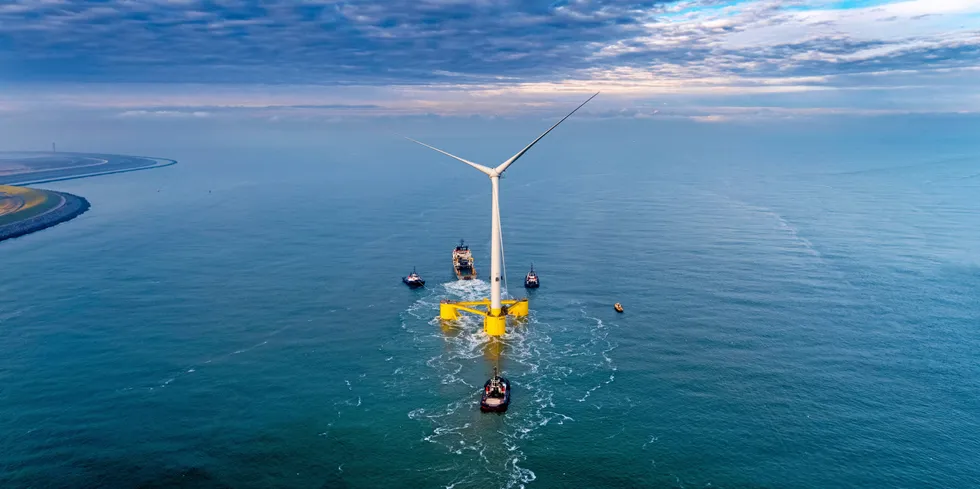Heading out to the deeps: seven reasons to believe floating wind is finally set to soar
From a single turbine off Norway in 2008, the sector is now on the cusp of international industrialisation – and if not quite an annus mirabilis, the last year has demonstrated why the technology is ready to matriculate to the global energy mainstream
